Chilli peppers (Capsicum spp.) are one of the most popular crops for home gardeners and professional growers alike. Their versatility in cooking, vibrant colors, and potential health benefits make them a rewarding plant to cultivate. Growing chilli plants successfully, however, requires careful planning, attention to environmental conditions, and consistent care. By following proven techniques, gardeners can produce healthy plants with abundant, flavorful fruits.
This guide provides a comprehensive 7-step approach to growing chilli plants like a professional, covering everything from selecting seeds to harvesting and post-harvest care.
Step 1: Selecting the Right Chilli Variety
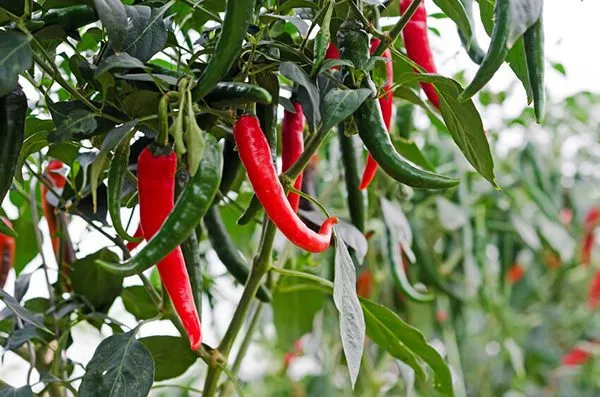
Choosing the appropriate chilli variety is crucial for successful cultivation. Chilli varieties differ in size, flavor, heat level (measured in Scoville Heat Units), and growth requirements.
- Popular Chilli Varieties:
- Bell or Sweet Chillis: Mild flavor, large fruits, suitable for salads and cooking.
- Cayenne and Bird’s Eye: Medium to high heat, ideal for sauces and spices.
- Habanero or Scotch Bonnet: Very high heat, suited for experienced growers.
- Climate Considerations:
- Chillis thrive in warm climates with daytime temperatures of 70–85°F (21–29°C).
- Choose heat-tolerant varieties for hotter regions and varieties suited for cooler climates if necessary.
- Disease-Resistant Varieties:
- Opt for varieties resistant to common problems like leaf curl virus, powdery mildew, and root rot.
Selecting the right variety ensures compatibility with your climate, garden space, and culinary preferences, setting the stage for a productive harvest.
Step 2: Preparing the Soil and Growing Environment
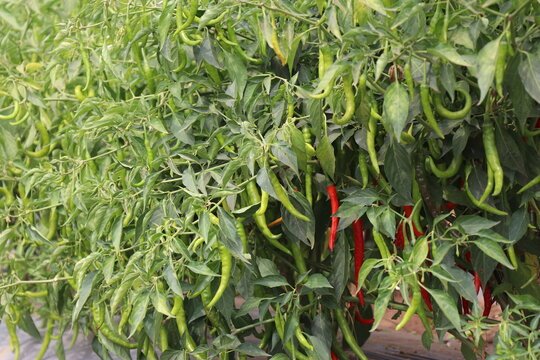
Chilli plants grow best in nutrient-rich, well-draining soil and an environment that mimics their tropical origin.
- Soil Preparation:
- Ideal pH: 6.0–7.0.
- Enrich soil with organic compost or well-rotted manure to enhance fertility.
- Avoid heavy clay soils that can retain excess water and cause root rot.
- Sunlight Requirements:
- Chilli plants require full sun—at least 6–8 hours of direct sunlight per day.
- In cooler climates, provide extra warmth using greenhouses or grow tunnels.
- Growing in Containers:
- Use large pots (minimum 12 inches deep) with proper drainage holes for container gardening.
- Ensure the soil mixture retains moisture while allowing adequate aeration.
Well-prepared soil and an ideal growing environment create strong roots, healthy foliage, and a higher likelihood of abundant fruiting.
Step 3: Starting Seeds
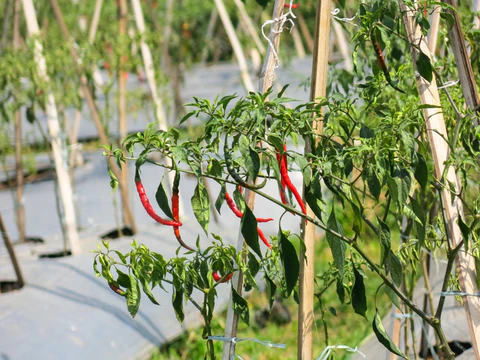
Seed preparation and early care are critical for healthy chilli plants.
- Seed Selection:
- Use fresh seeds from reputable sources for high germination rates.
- For hybrid or high-yielding varieties, ensure certified seeds are used.
- Germination Techniques:
- Soak seeds in warm water for 12–24 hours to accelerate germination.
- Sow seeds in seed trays or small pots with a light, moist potting mix.
- Optimal Conditions for Seedlings:
- Temperature: 70–80°F (21–27°C).
- Moisture: Keep the soil consistently moist but not waterlogged.
- Light: Provide 12–16 hours of bright, indirect light daily.
- Transplanting Seedlings:
- Seedlings are ready to transplant when they have 2–3 true leaves and are sturdy.
- Harden off seedlings by gradually exposing them to outdoor conditions before transplanting.
Proper seed starting ensures strong, healthy plants that are resilient to stress and disease.
Step 4: Planting Chilli Plants
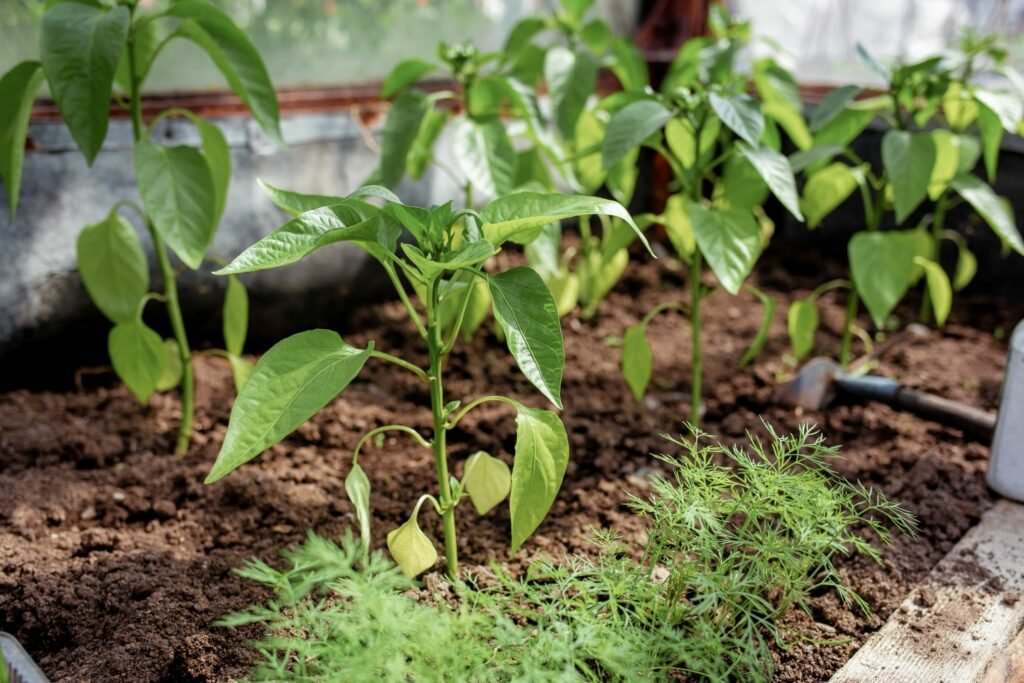
Transplanting seedlings correctly ensures strong establishment and robust growth.
- Spacing and Layout:
- Space plants 18–24 inches apart in rows with 24–36 inches between rows for adequate airflow.
- Container plants should have at least 12–18 inches of spacing between pots.
- Planting Depth:
- Plant seedlings slightly deeper than their original pot to support strong stem growth.
- Firm the soil gently around the roots to eliminate air pockets.
- Watering After Planting:
- Water immediately after transplanting to reduce transplant shock.
- Maintain consistent soil moisture during the first 2–3 weeks.
Proper planting reduces stress, encourages rapid root establishment, and sets the foundation for healthy fruiting.
Step 5: Providing Proper Care and Maintenance
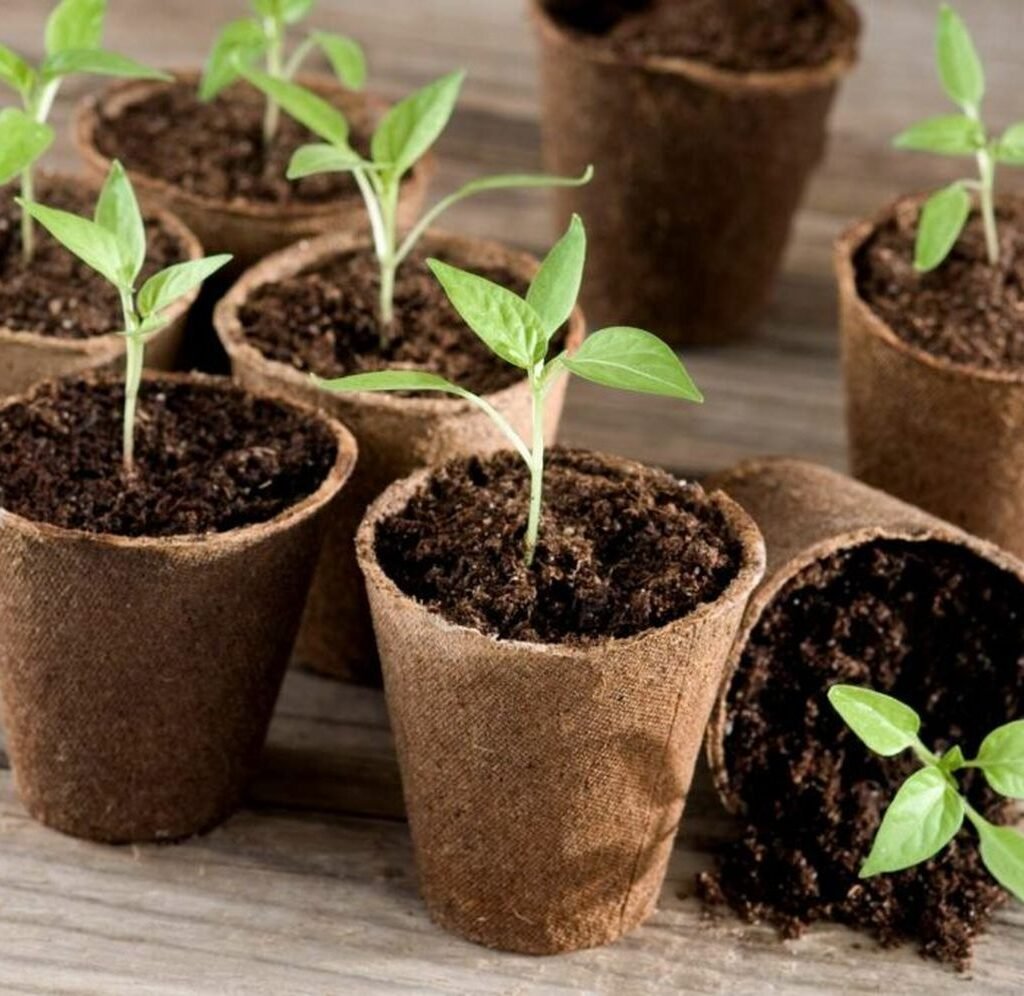
Chilli plants require ongoing care, including watering, fertilization, pruning, and pest management.
- Watering:
- Water deeply 1–2 times per week, depending on weather and soil conditions.
- Avoid overwatering, which can cause root rot and fungal diseases.
- Fertilization:
- Use a balanced fertilizer during vegetative growth (N-P-K: 10-10-10).
- Switch to a high-phosphorus and potassium fertilizer during flowering and fruiting to enhance blooms and fruit development.
- Organic options include compost tea, fish emulsion, and well-rotted manure.
- Pruning and Training:
- Remove yellowing or damaged leaves to improve airflow and reduce disease risk.
- Pinch back young shoots to encourage bushier growth and more flower production.
- Support for Vines:
- Taller varieties may require stakes or cages to support fruit-laden branches.
- Pest and Disease Management:
- Common pests: aphids, spider mites, whiteflies.
- Diseases: leaf spot, root rot, and mosaic virus.
- Use organic pest control methods like neem oil, insecticidal soap, or companion planting.
Regular maintenance maximizes plant health, flower production, and fruit yield.
Step 6: Pollination and Flowering
Pollination is essential for chilli fruit formation.
- Flower Structure:
- Chilli flowers are self-pollinating but benefit from pollinator activity.
- Flowers are usually white or yellow with a single pistil and multiple stamens.
- Supporting Pollination:
- Encourage bees, butterflies, and other pollinators in your garden.
- Hand-pollinate by gently shaking flowers or using a small brush to transfer pollen from stamen to pistil.
- Flower Management:
- Remove damaged or excess flowers to direct energy toward fruit development.
- Thin fruits if necessary to ensure larger, healthier peppers.
Effective pollination leads to higher fruit set, larger fruits, and a more productive chilli crop.
Step 7: Harvesting and Post-Harvest Care
Knowing when and how to harvest chilli peppers ensures optimal flavor, color, and shelf life.
- Signs of Ripeness:
- Color change: Green chillis may turn red, yellow, orange, or purple depending on the variety.
- Firmness: Ripe fruits should be firm and glossy.
- Harvesting Technique:
- Use scissors or pruning shears to cut fruits from the plant, leaving a small stem attached.
- Avoid pulling fruits by hand, which can damage the plant.
- Post-Harvest Storage:
- Fresh chillis can be stored in the refrigerator for 1–2 weeks.
- For long-term storage, chillis can be dried, frozen, or pickled.
- Encouraging Continuous Harvest:
- Regular harvesting promotes new flower and fruit production.
- Monitor plants for disease and pests during harvest to maintain quality.
Proper harvesting and care extend the productivity of chilli plants and enhance flavor and quality.
Additional Tips for Growing Chilli Plants Like a Pro
- Temperature Management:
- Chillis are sensitive to frost and extreme heat. Use row covers or shade nets if necessary.
- Container Gardening:
- Choose dwarf or compact varieties for balcony or patio gardening.
- Companion Planting:
- Plant chillis with basil, onions, or marigolds to deter pests naturally.
- Regular Observation:
- Monitor plant health daily to detect early signs of disease, nutrient deficiency, or pest attack.
- Record-Keeping:
- Maintain a garden journal to track planting dates, growth stages, and harvest yields.
These additional practices help gardeners achieve professional-level results with minimal stress.
Benefits of Growing Chilli Plants at Home
- Fresh and Organic Produce:
- Homegrown chillis are free from chemical residues and additives.
- Culinary Versatility:
- Enjoy fresh, spicy fruits in cooking, sauces, pickles, and salads.
- Health Benefits:
- Rich in vitamins A, C, antioxidants, and capsaicin, which have anti-inflammatory properties.
- Cost Savings:
- Growing your own chillis reduces dependence on store-bought produce.
- Gardening Satisfaction:
- Cultivating chillis provides a rewarding, hands-on gardening experience.
Conclusion
Growing chilli plants like a pro is achievable with careful planning, consistent care, and attention to environmental factors. By following this 7-step guide—selecting the right variety, preparing soil, starting seeds, planting properly, maintaining plants, supporting pollination, and harvesting effectively—gardeners can cultivate healthy, productive chilli plants at home.
Whether grown in a backyard garden, raised bed, or container, these techniques maximize yield, improve fruit quality, and promote sustainable, organic gardening practices. With patience and dedication, your chilli plants will reward you with an abundant harvest of flavorful, vibrant fruits that enhance your culinary creations and contribute to a healthy lifestyle.
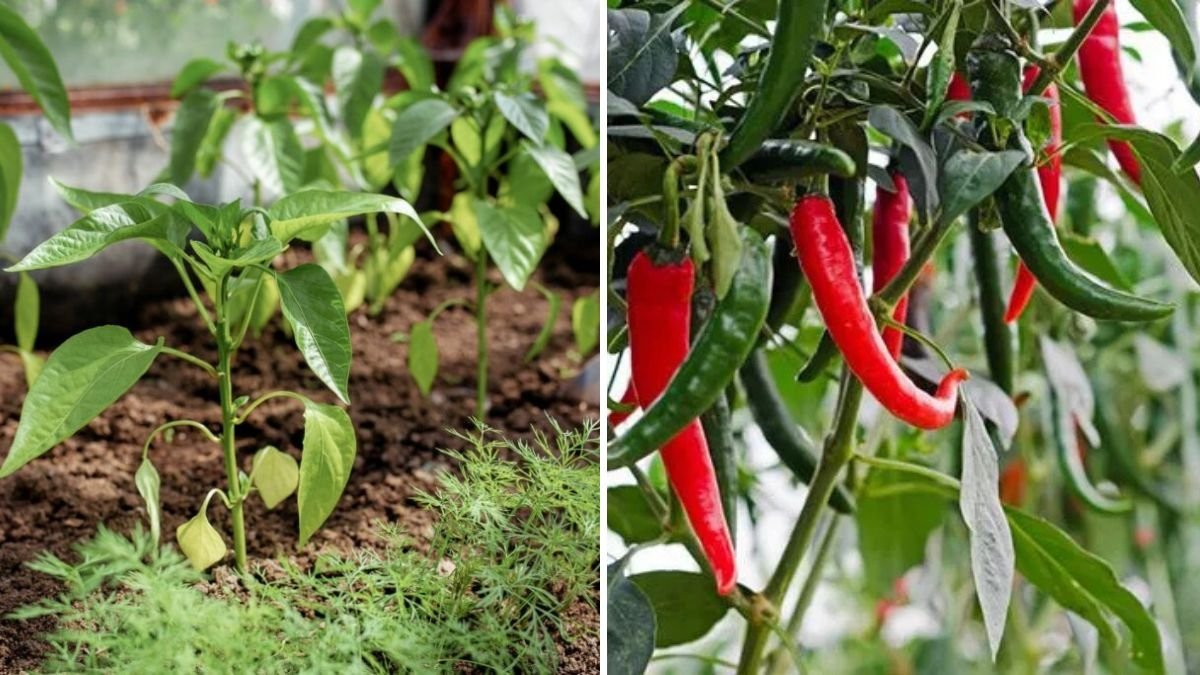
Leave A Comment